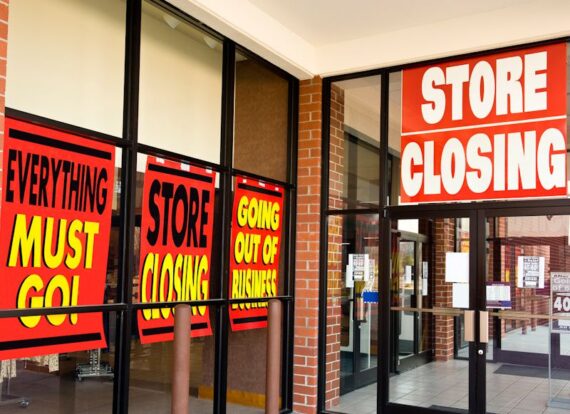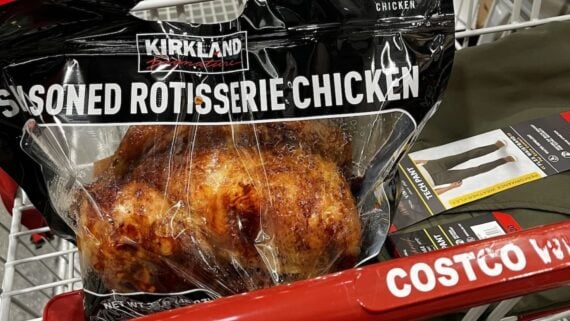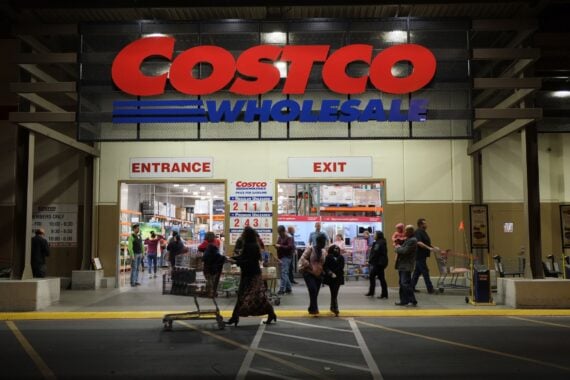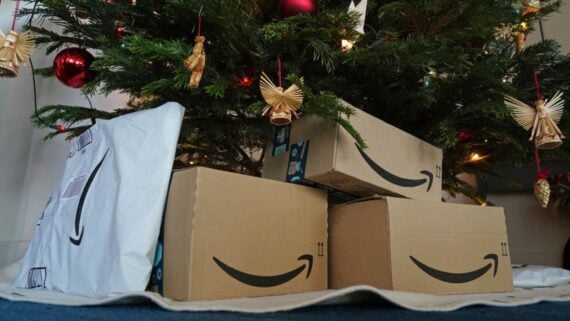It was another dark year for U.S. retail. After a bruising 2017 saw chains like RadioShack and JCPenney shut down store after store, this year brought more of the same with Toys “R” Us saying goodbye and Sears teetering on the brink of liquidation. Will 2019 be much better? It’s doubtful, with big names like Gap and Gymboree already saying they’ll streamline in the coming months. Here are 21 of the most notable stores that shut down locations in 2018.
Toys “R” Us
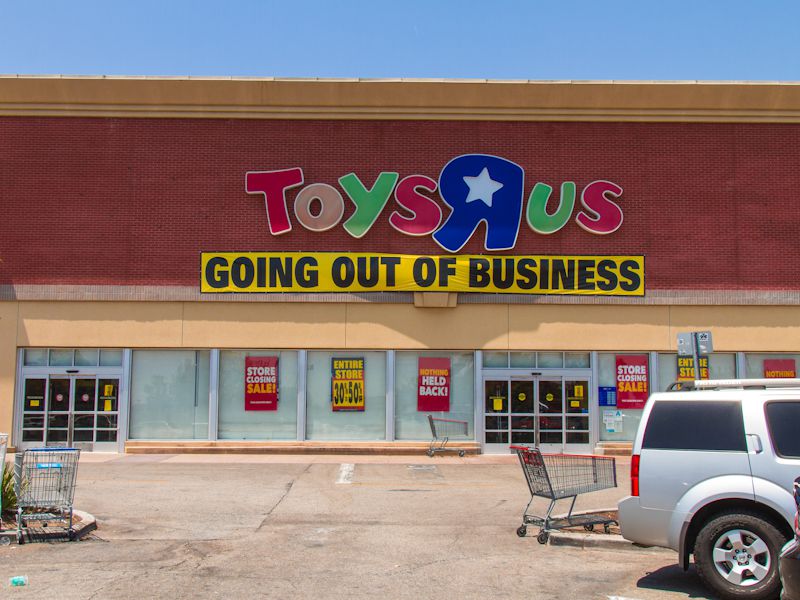
Stores closed: 735
Toys “R” Us is probably the most notable victim of the 2018 retail apocalypse. The iconic toy store filed for bankruptcy in 2017, but weak sales over the holidays spurred the company to liquidate this year. Now that the dust has settled, grocery giant Kroger has stepped up to feature brands once exclusive to the chain in hundreds of its stores, an effort it calls Geoffrey’s Toy Box.
Mattress Firm
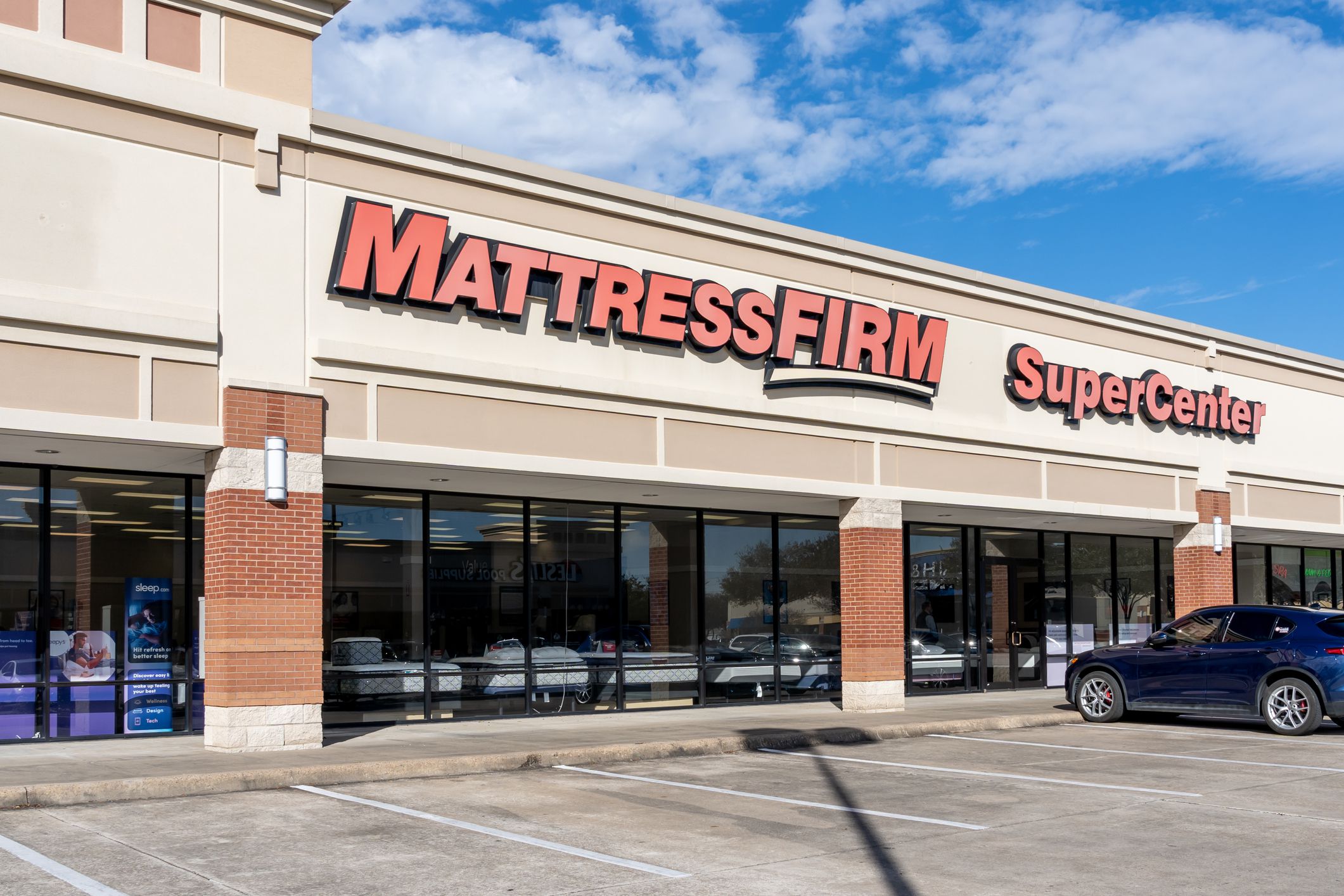
Stores closed: Up to 700
Mattress Firm executives were probably tossing and turning this fall when the company filed for bankruptcy and announced plans to close up to 700 stores by the year’s end. The company is struggling as online bed-in-a-box upstarts chip away at its business. Executives said they were mainly targeting stores where there were already other Mattress Firms close by.
Walgreens and Rite Aid
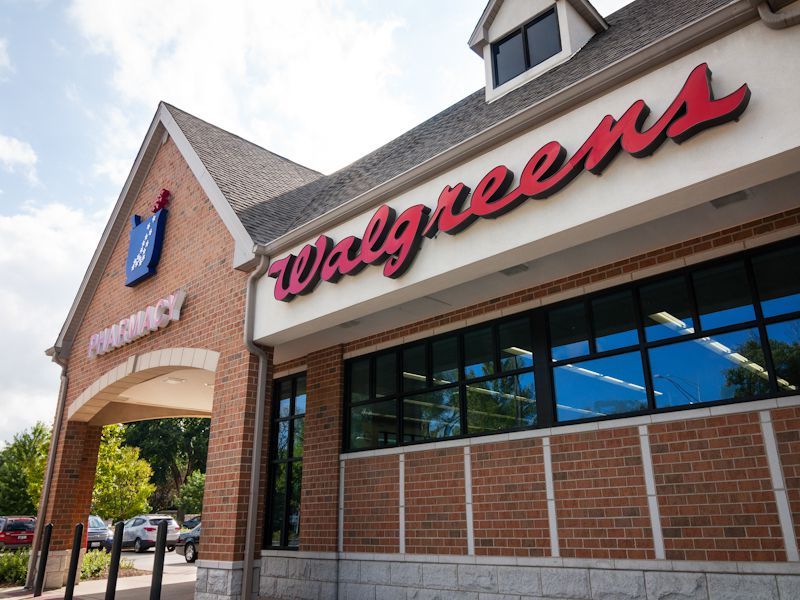
Stores closed: 600
It’s been a busy year for Walgreens, which closed its deal to acquire close to half of rival Rite Aid’s stores — that’s more than 1,900 — earlier this year. As part of the deal, Walgreens said it will shut down 600 of the Rite Aids and a few Walgreens in 2018 and 2019 as it aims to eliminate stores in areas that have locations that are too close together.
Subway
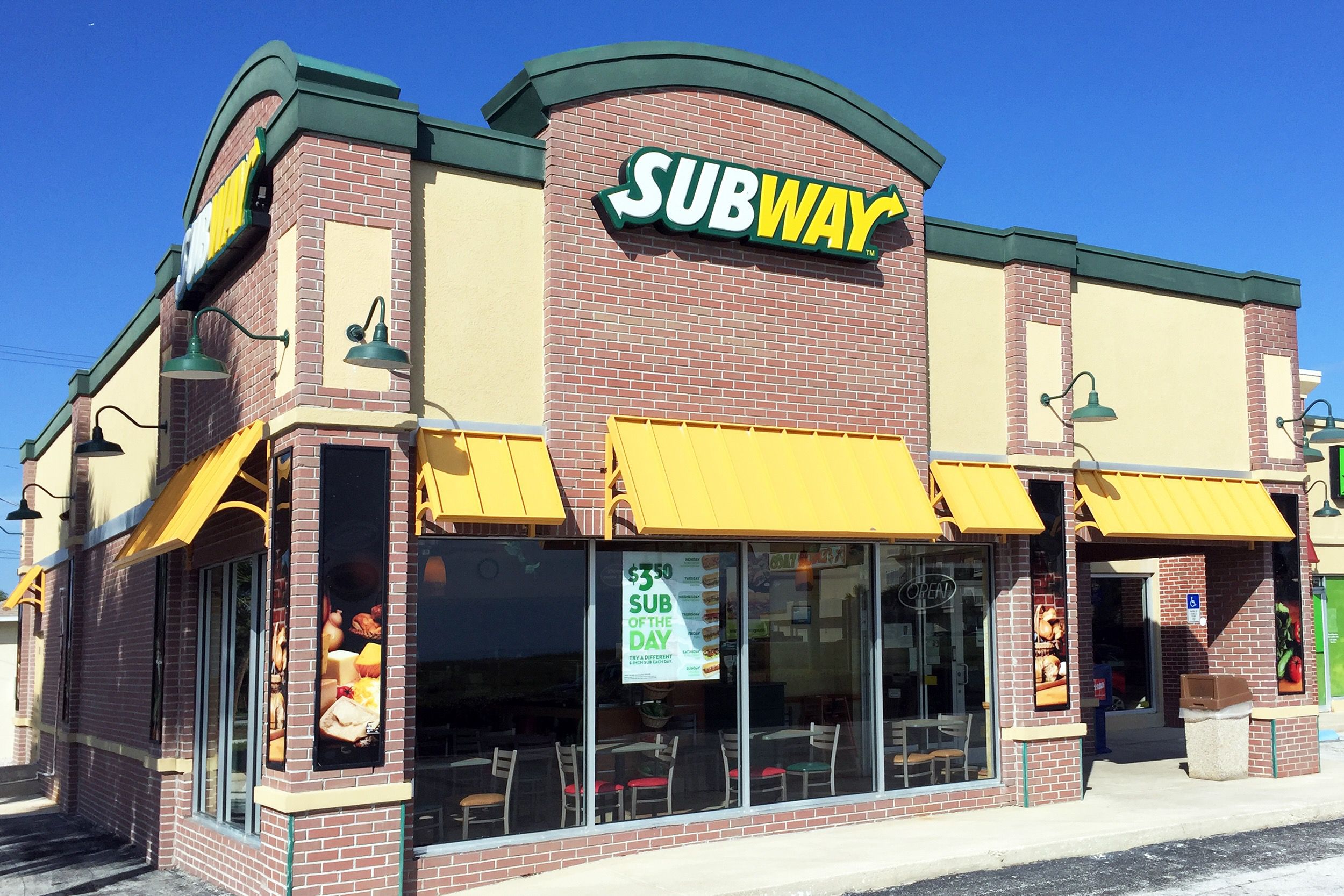
Stores closed: 500
Sandwich giant Subway turned heads earlier this year, announcing it would close 500 more stores, even after shuttering 800 locations in 2017. The move comes as it tries to fend off competition from Panera and a host of regional chains that are emphasizing locally sourced menu items with more modern appeal than a cold-cut sub. Still, don’t cry too much over your foot-long. Subway is still the largest restaurant chain in the world with around 42,000 locations in 100 countries.
H&R Block
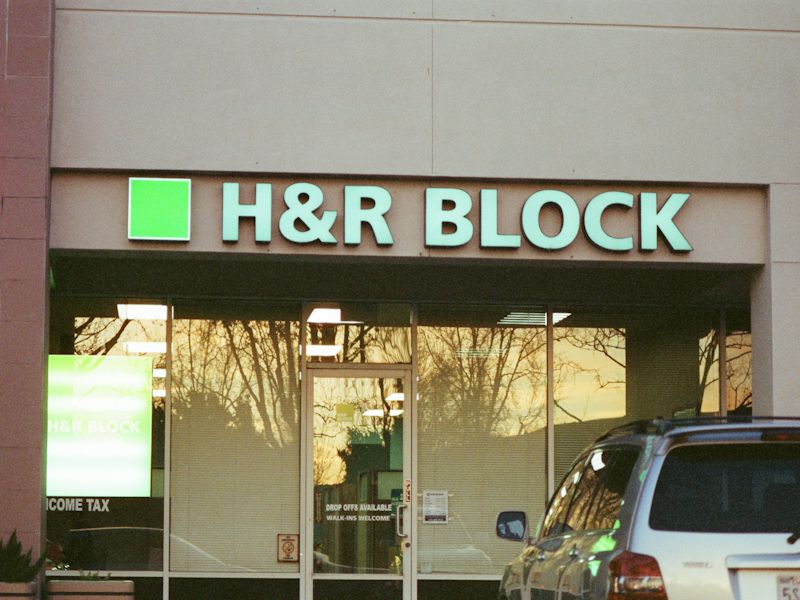
Stores closed: 400
Tax-prep giant H&R Block announced it would close 400 of its 10,000 locations over the summer, blaming both the rise of do-it-yourself tax programs and new tax laws capping tax advisers’ fees. Closings mostly affected locations too close to other storefronts, and no employees lost their jobs.
Trending on Cheapism
Bon-Ton
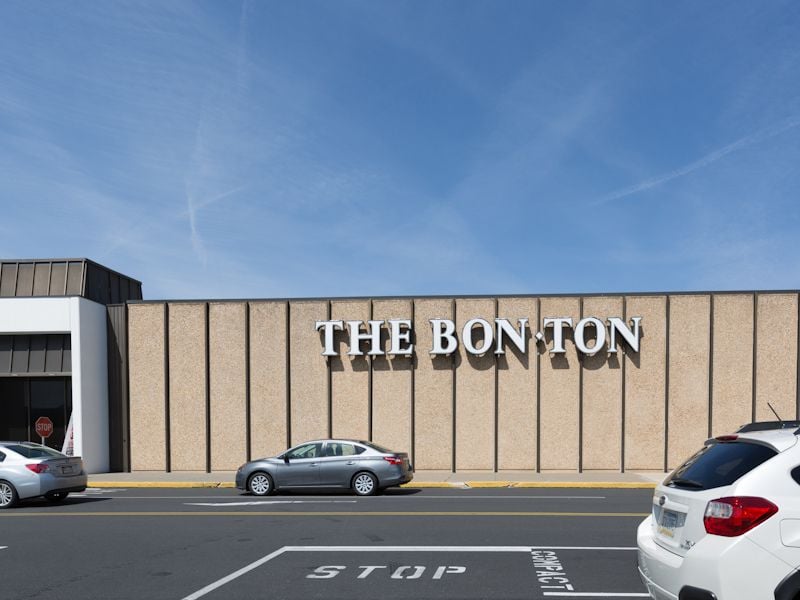
Stores closed: 256
Department stores have been struggling mightily over the past several years, so it wasn’t a surprise when Bon-Ton Stores decided to pull the plug and liquidate earlier this year. The chain’s stores spanned 23 states and included familiar names like Bon-Ton, Bergner’s, Boston, Carson’s, Elder-Beerman, Herberger’s, and Younkers.
Best Buy

Stores closed: 250
While the big-box Best Buys you know and love are mostly safe, the company decided to scrap all 250 of its standalone cell-phone stores this spring. Executives said it was much pricier to operate the storefronts, which faced stiff competition from wireless carriers and online retailers, than to focus on cellular business at existing big-box stores and online.
Sears and Kmart
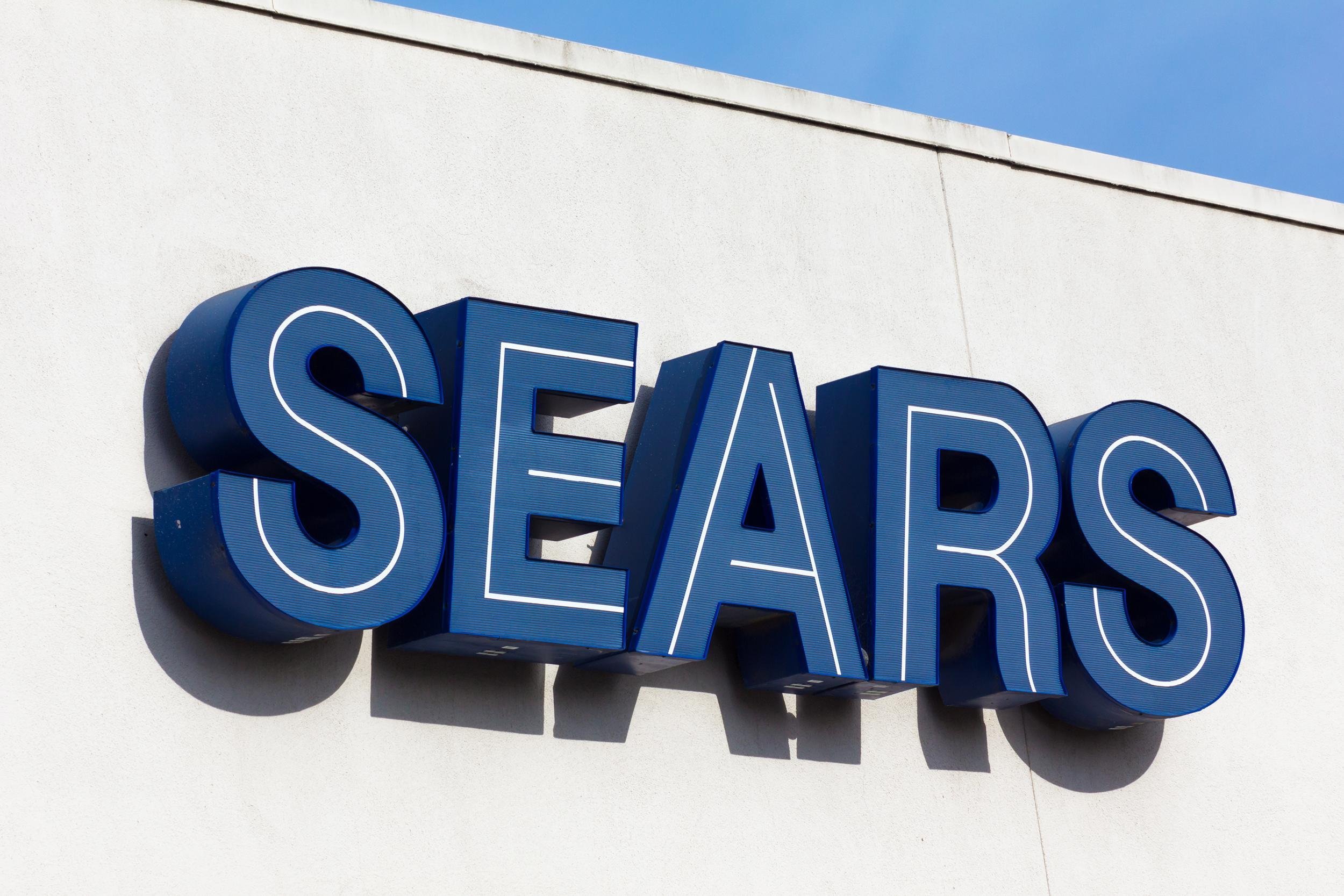
Stores closed: 228
Sears has been on life support for a long time, and 2018 wasn’t kind to the iconic retailer. Parent company Sears Holdings shut down nearly 230 Sears and Kmart stores this year, leaving what was once America’s largest retailer with fewer than 500 locations. The store is fighting to survive Chapter 11 bankruptcy and start turning a profit at remaining stores.
Sign up for our newsletter
GNC

Stores closed: 200
Vitamin giant GNC said earlier this year that 200 of its stores would be on the chopping block in 2018 as it tried to offload a massive amount of debt. While domestic locations have been struggling, business remains robust overseas: GNC is expanding Chinese operations, and of its 8,900 locations, only 3,400 are in the U.S
Signet Jewelers

Stores closed: 200
Signet, which operates more than 3,500 Kay, Zales, and Jared jewelry stores, decided in March to shutter about 200 locations, mostly in malls where it already had other locations close by. The company said the closures were partially a response to declining mall traffic, and it cited a need to invest further in its online business.
Claire’s
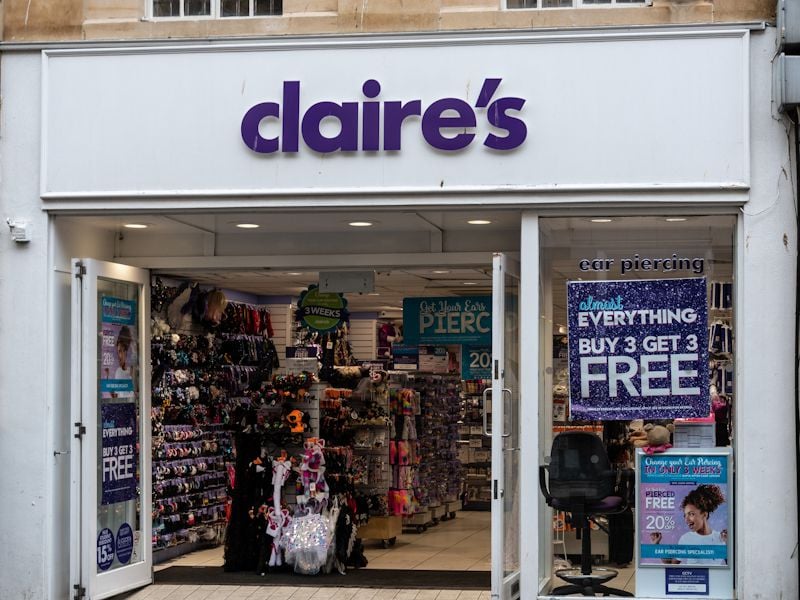
Stores closed: 130
Claire’s, a mall mainstay that hawks glittery jewelry, ear piercings and accessories mainly to preteen girls, has been struggling to restructure this year after declaring bankruptcy in March. Its plans included shuttering 130 stores, and it is reaching agreements with other stores to sell its products, a concession-based model it says is growing its business.
Foot Locker
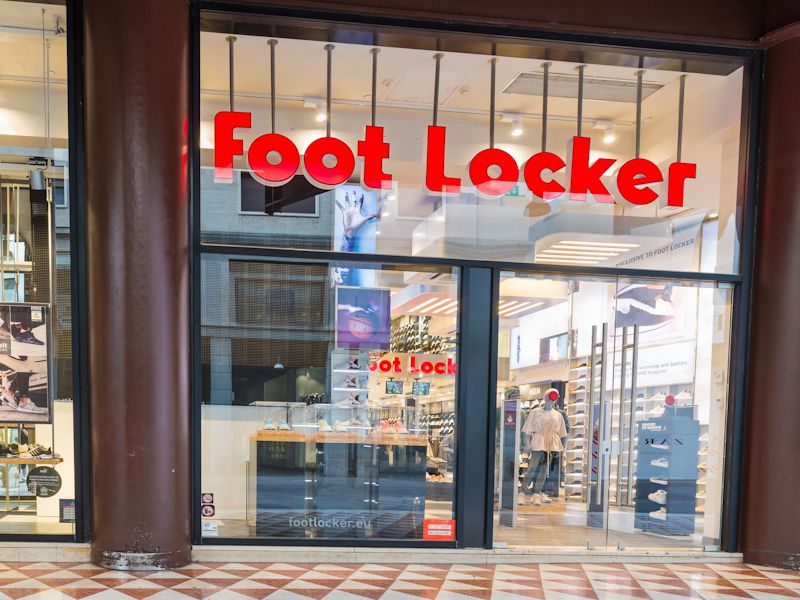
Stores closed: 110
Foot Locker announced in March that it would close more than 100 stores, but retail experts say the move was expected and part of a larger plan to stay relevant that actually includes the opening of 40 other locations. Still, much like other retailers, the chain is struggling to keep profits fat as more customers buy online, and it’s being forced to recalibrate offerings as buyers snap up leisure footwear instead of athletic styles.
Brookstone
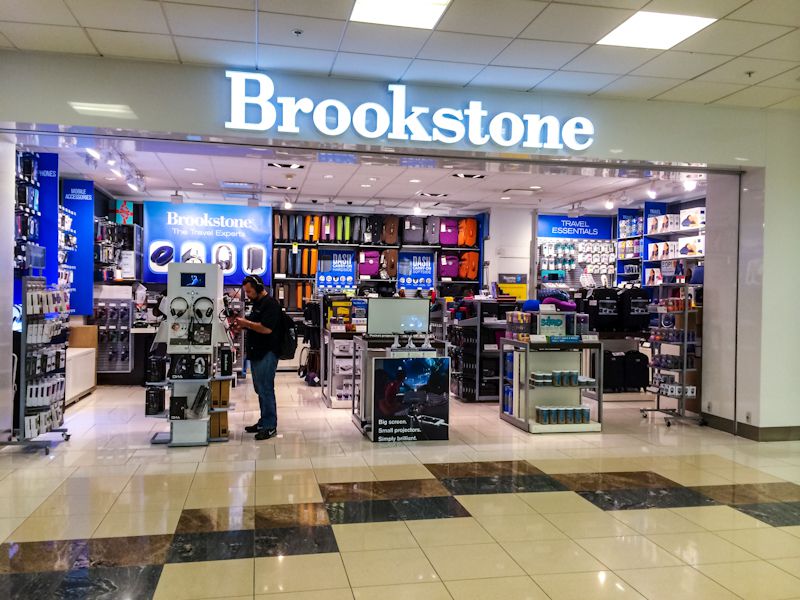
Stores closed: 102
Brookstone just couldn’t find enough buyers for its heated neck massagers and other novelty items, ultimately deciding to close all of its mall-based stores earlier this year. The chain’s airport stores and website are still kicking for now, and the company has partnered with Macy’s to sell some of its products — including a must-have pair of cat-ear headphones and a motion-sensing snack dispenser.
Orchard Supply Hardware

Stores closed: 99
Bought by Lowe’s in 2013, this chain of smaller-footprint hardware stores was spread across California, Oregon, and Florida. But it became a drag for Lowe’s, which decided over the summer to close all of the chain’s locations by early 2018 and refocus on its big-box stores.
Southeastern Grocers
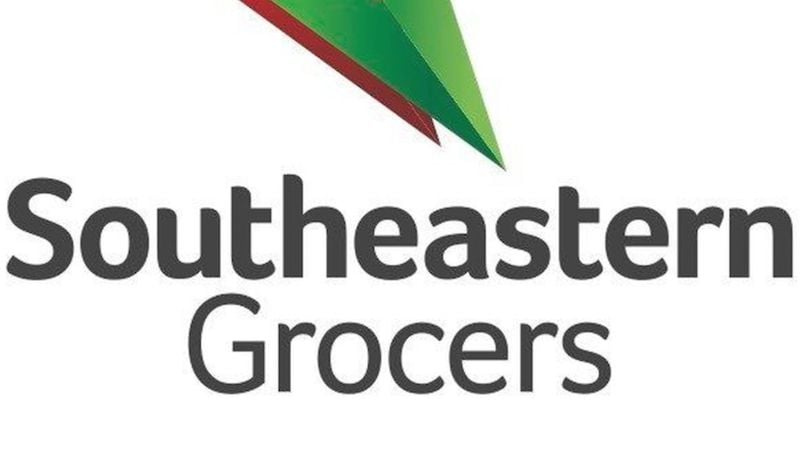
Stores closed: 94
This parent company of Harveys, Winn-Dixie, and Bi-Lo filed for bankruptcy earlier this year. As part of its restructuring, it closed 94 underperforming grocery stores, mainly in Alabama, Florida, Georgia, North Carolina, and South Carolina. It still has just under 600 stores and has pledged to remodel all of them, with about 100 complete by the year’s end.
Aaron Brothers
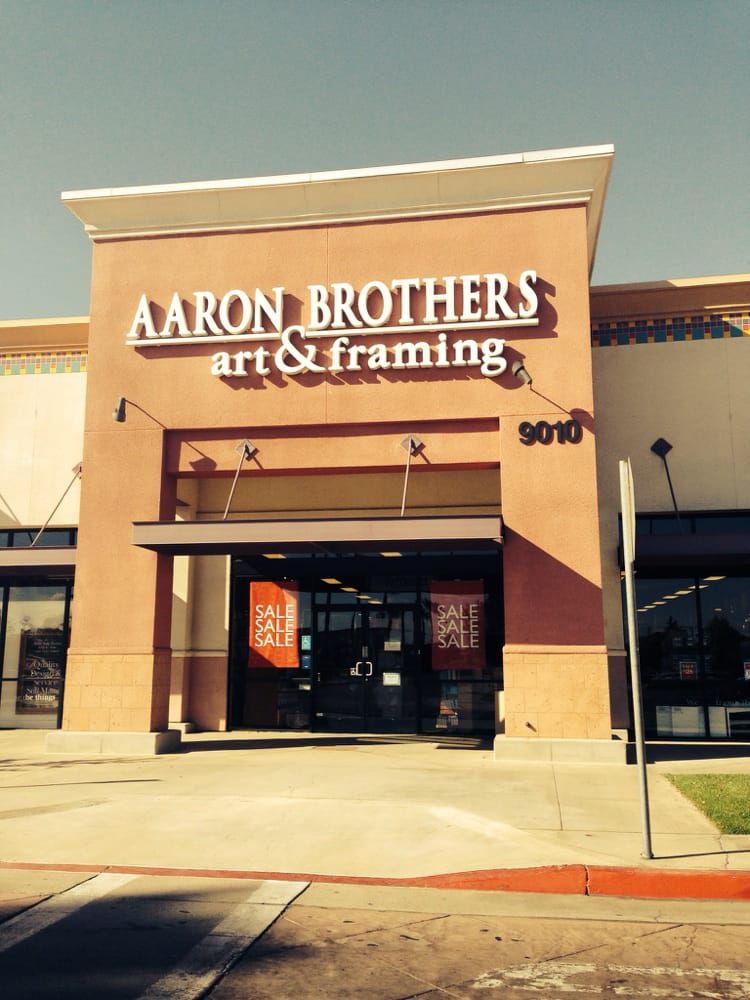
Stores closed: 94
In March, craft store giant Michael’s decided to close all but three of its standalone Aaron Brothers framing shops, blaming the rise of online framing services for a decline in business. Instead, it’s rebranding its framing services within existing Michael’s locations with the name, as well as its online framing business.
Teavana

Stores closed: 77
Starbucks announced back in 2017 that it planned to close all 379 of its underperforming Teavana stores, but mall operator Simon Property Group sued to keep 77 mall-based stores open. This past summer, Starbucks and Simon eventually reached a settlement allowing the remaining stores to close. If you miss Teavana, check Starbucks stores and grocery shelves, where new Teavana packaged tea will be showing up soon.
Nine West

Stores closed: 70
Though it continues to sell products through other retailers, footwear maker Nine West declared bankruptcy earlier this year and decided to close down all 70 of its own brick-and-mortar storefronts. Part of its biggest problem? It depends heavily on wholesale partnerships with department stores like Sears, which are faltering just like smaller mall-based retailers.
Chipotle
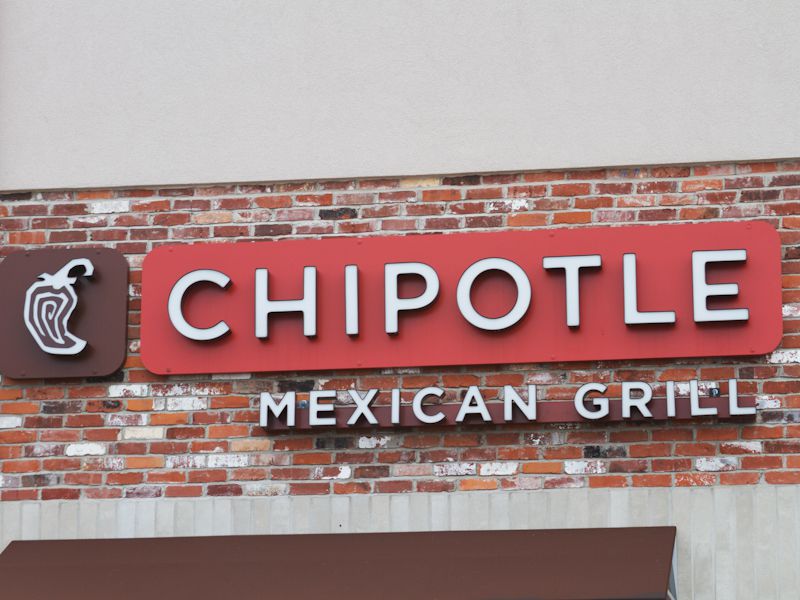
Stores closed: Up to 65
Once the darling of the growing fast-casual food segment, Chipotle has struggled after a series of food-safety issues tied to the chain, including an outbreak of a gastrointestinal illness at an Ohio location that stemmed from food kept at unsafe temperatures. It decided to close up to 65 stores this past summer in an effort to get back on track, and it’s testing new menu items like quesadillas and a Mexican milkshake.
Sam’s Club

Stores closed: 63
Though Sam’s Club has never had quite the cachet and affluent customer base of its main rival, Costco, no one really saw it coming when Walmart Inc. decided to close 63 Sam’s Club locations early this year. The move was part of a plan to bolster the warehouse club’s e-commerce business, and some of the shuttered stores were converted into distribution facilities.
Abercrombie & Fitch

Stores closed: 60
This year’s closure of 60 stores was more of the same for Abercrombie & Fitch, which had closed about 90 stories over 2016 and 2017. Like many mall-based retailers, the teen-focused apparel brand has seen less foot traffic, but the company is optimistic it’s turning a corner. Part of its plan? Building a more wholesome image after a long advertising campaign that featured plenty of skin and not enough clothes.
